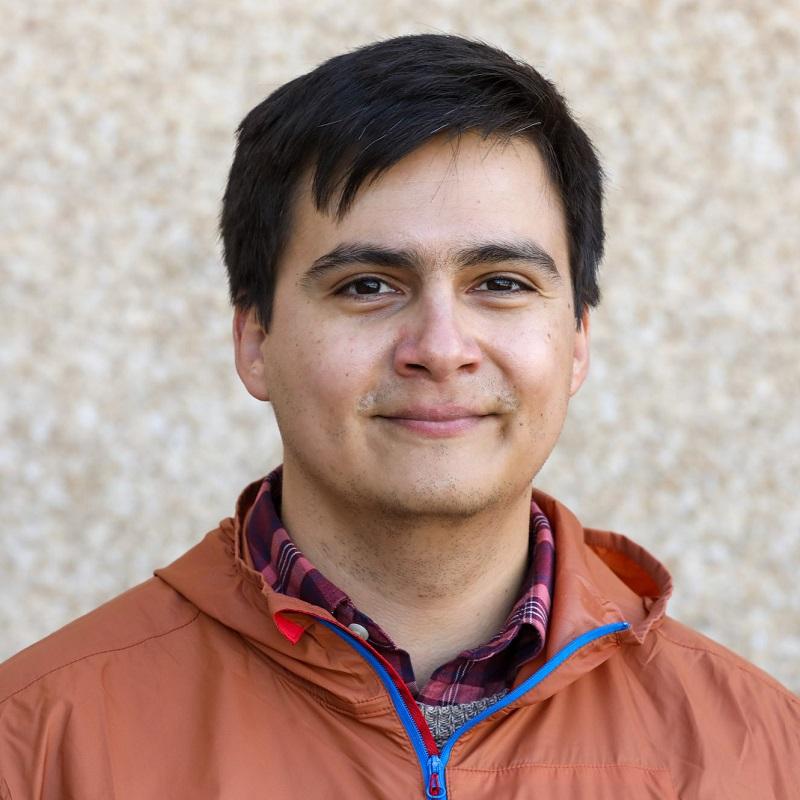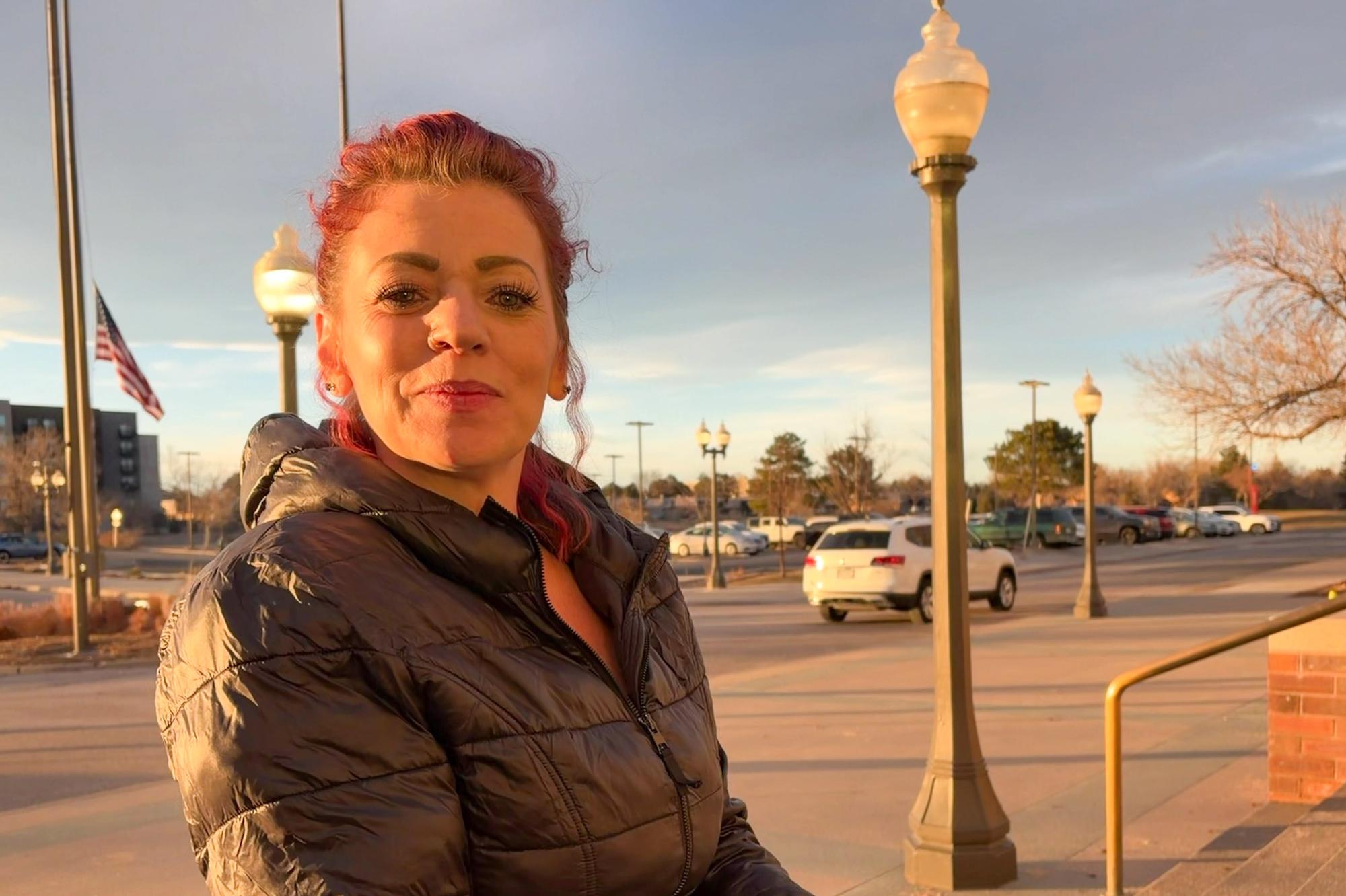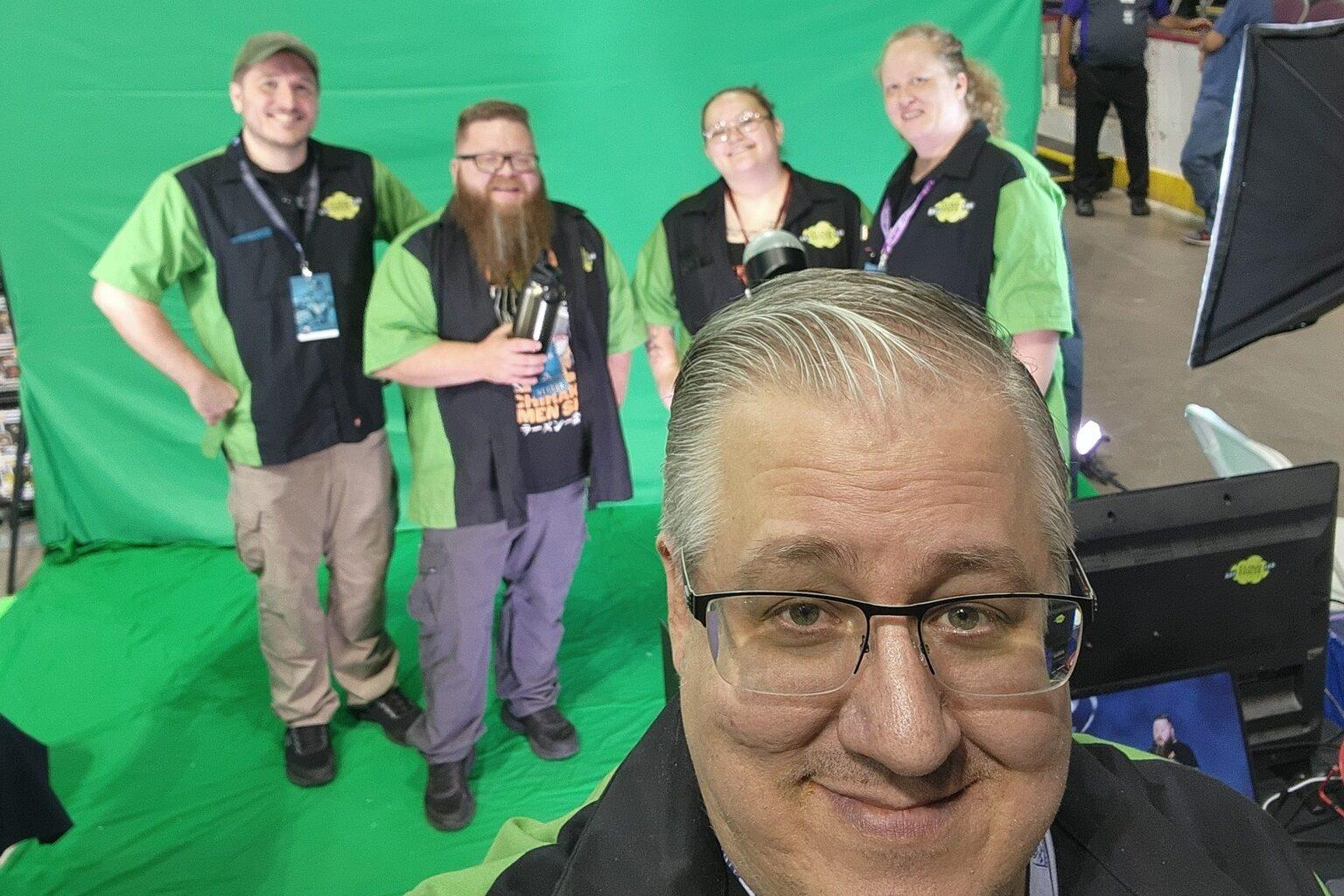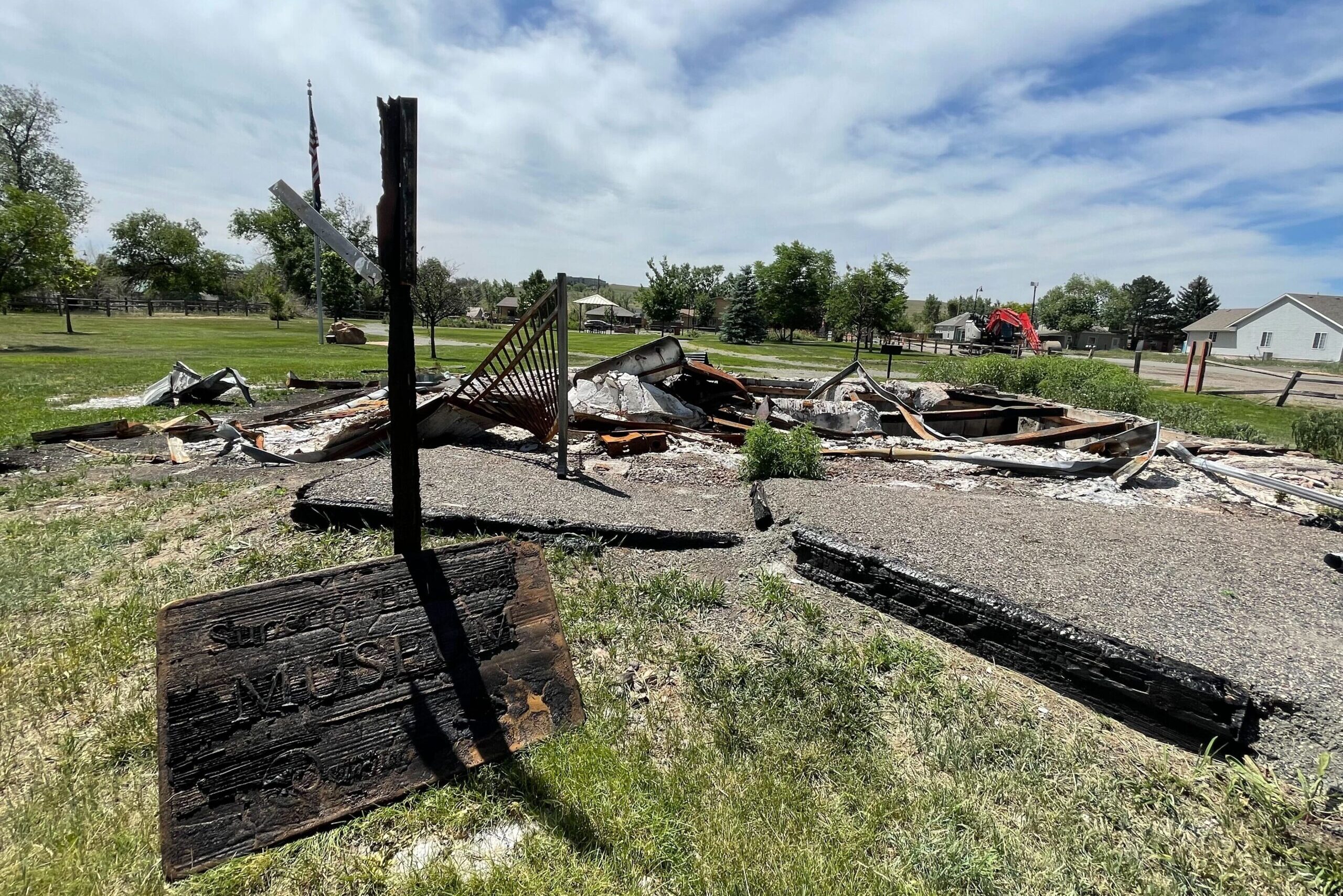
The Superior Historical Museum was a small one. It was located inside a renovated house that quartered coal miners a century ago. It opened once a month and every fall for a field trip for local second graders.
Inside were hundreds of artifacts from the town’s beginnings — farm equipment, mining gear, a typewriter and a sewing machine. They told the story of Superior’s roots, a town that would become a major suburb of Boulder.
When the Marshall fire tore through the heart of old Superior in late December 2021, it took the historical museum with it, leaving behind a twisted pile of rubble, metal and broken objects.
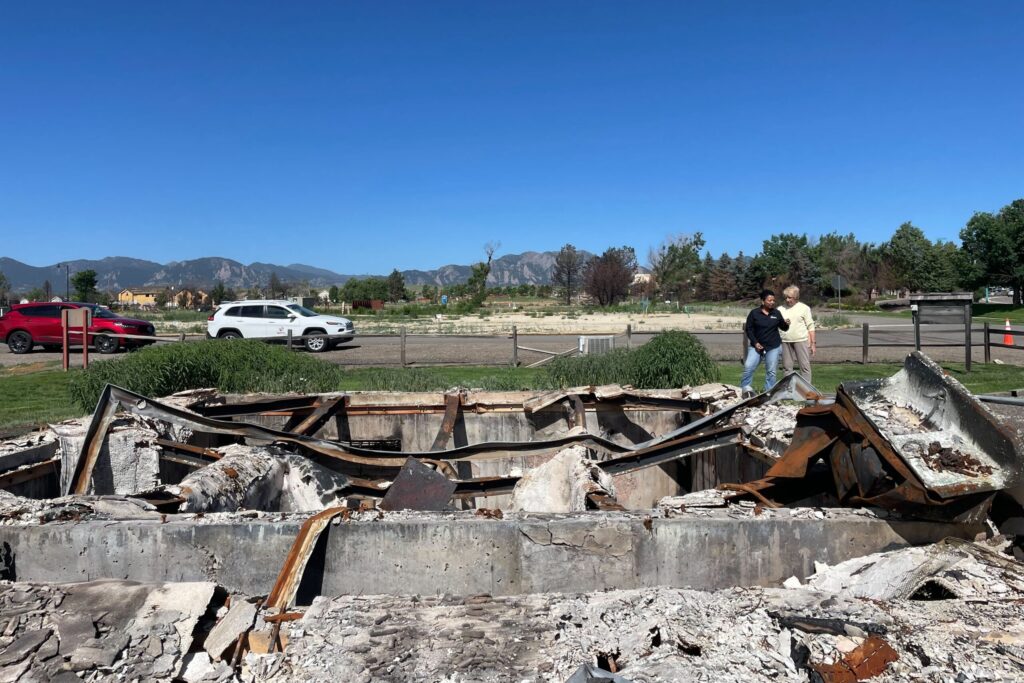
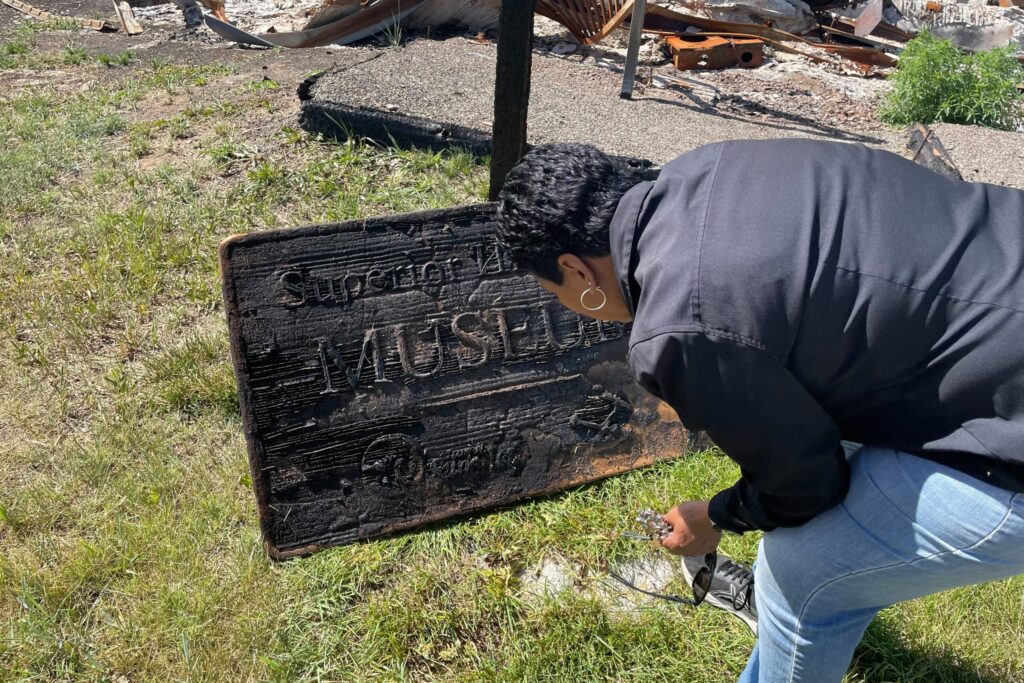
Errol Waligorski, who helped found the town’s historical commission and opened the museum, said many of those artifacts came from local residents who also lost their homes in the fire.
“There isn’t anything else we can get from these people,” Waligorski said in a June interview from the museum site. “It’s just a complete and total loss for the entire community. It’s kind of sad to come in here, really.”
Six months after the fire, the commission members hope to build a replica of the house at the museum site, they said. They aren’t sure when that would start or how much it would cost, but they’ve put out a call for donations of artifacts and other items with a strong tie to the history of Superior and the surrounding area.
In the meantime, the commission will relocate the museum to another location with historical roots: the bungalow home of Frank Grasso, a Polish immigrant who moved to the area and delivered milk to residents in the early 20th century.
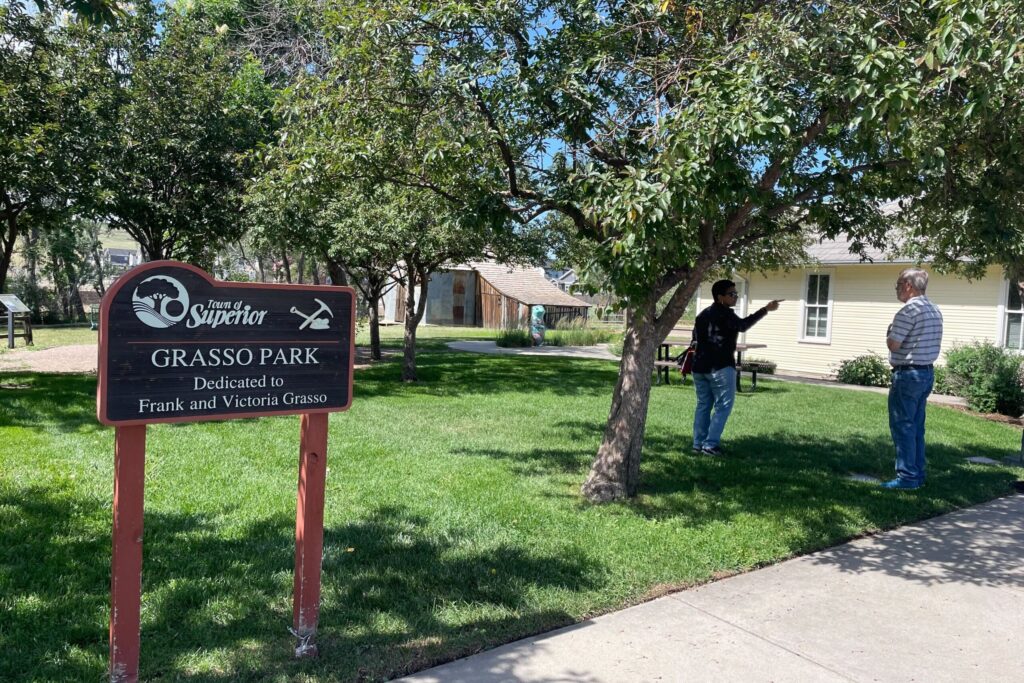
“The town … saw the importance of the historical committee needing a space,” said Lydia Yecke, the town’s recreation coordinator. “We don’t know how long it’s going to take to do a replica rebuild, so they do need a space for their artifacts, newly donated.”
The remains of some of the original artifacts are still strewn around the charred museum site. The commission wants to salvage and display as many artifacts as possible and display them in a new exhibit about the Marshall fire, the most destructive in Colorado history, Yecke said.
The items include a cream separator in the basement that survived the fire and a burnt school desk chair Yecke pulled out of the rubble. Collecting new artifacts will be a challenge, Waligorski said, one the historical commission already went through when the first museum opened in 2010.
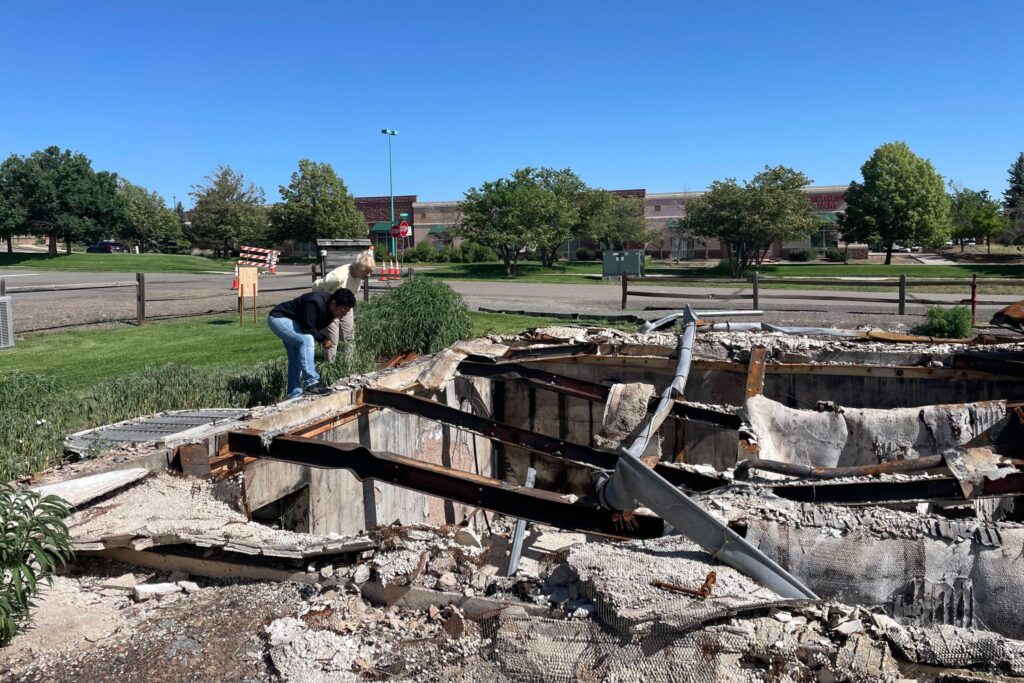
“It’s important for us to let people — especially as new people move in — see where the town of Superior’s roots started and preserve as much of it as we can,” he said.
The commission has begun to receive requests for donations, including from Renee Lewellyn in Broomfield. She’s a descendant of the Varra family, Italian immigrants who settled in the area.
Lewellyn said it’s important for her to remember history. The area around her property, where she boards horses, has been developed heavily over the years. Her 20-year-old son died from an asthma attack in 2020. The Marshall fire, she said, is another loss that needs to be preserved.
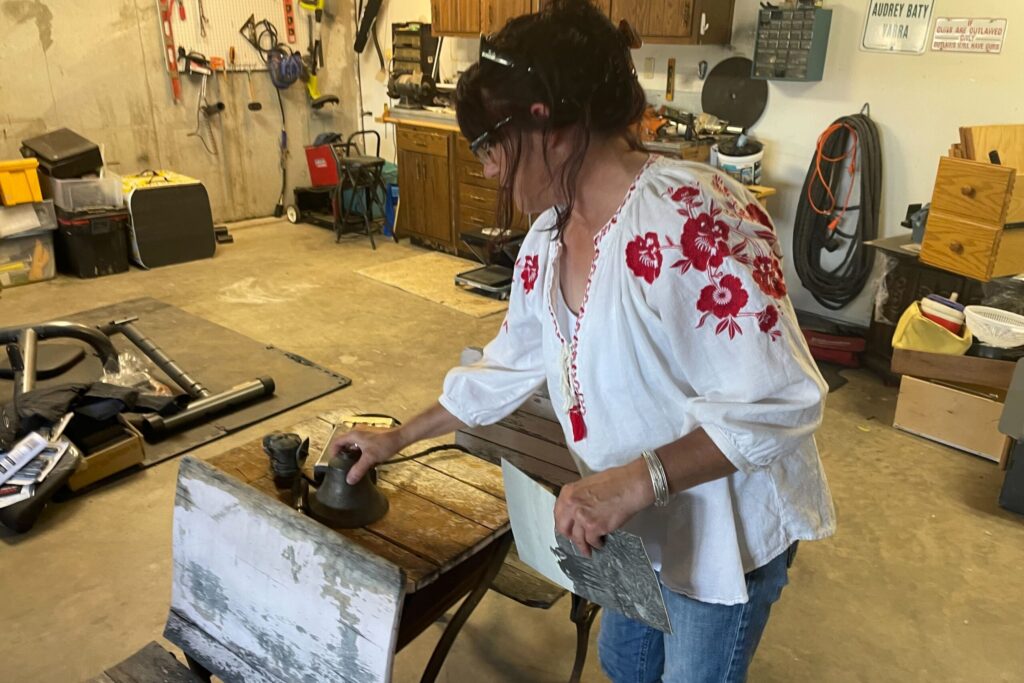
“It means a lot to me: the history of this area, family, residents,” she said. “And the fire is history. It’s a huge part of our history now.”
Her mother had acquired some items from a school in a nearby mining town, including children’s textbooks and mining lamps.
Two school desk chairs sit inside her garage, warped and rusted from the elements. Lewellyn said she hoped to repair and donate them to the museum.
More stories about the aftermath of the Marshall fire:
- After the Marshall fire, firefighters across Colorado worry about a similar disaster in their communities
- This Boulder firefighter lost his home to the Marshall Fire. Now, peak fire season has returned
- Most people who lost homes in the Marshall Fire were underinsured, Colorado insurance regulators say
- Louisville makes its tougher, green building codes optional for Marshall fire victims
- There are new financial incentives for Marshall fire victims to rebuild greener homes
